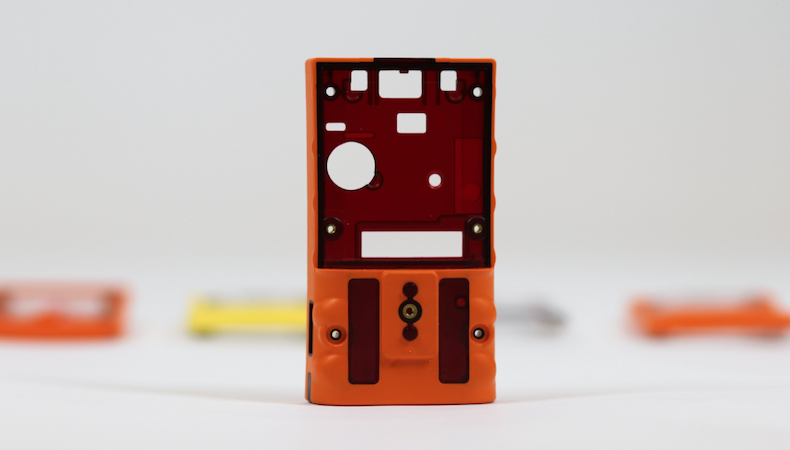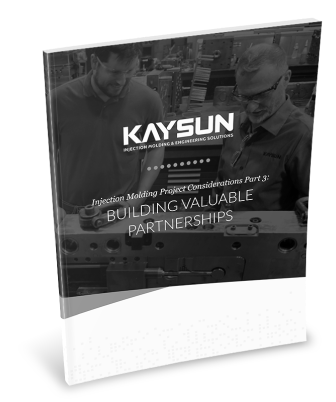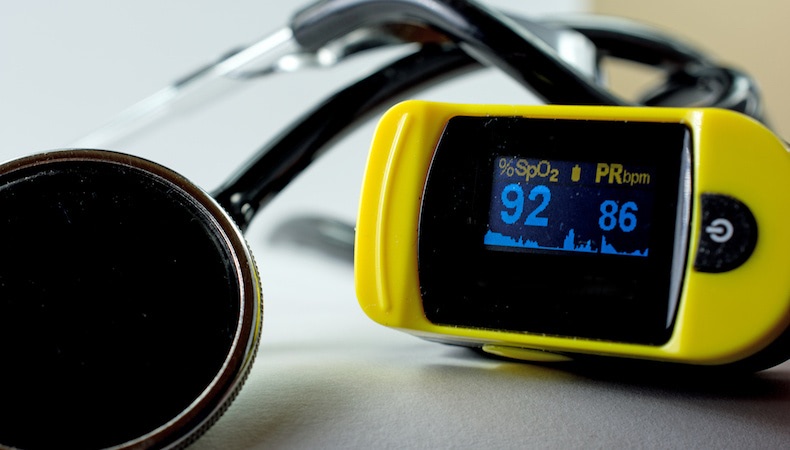Overmolding

Injection-molded parts are integral to the performance and aesthetics of a wide range of products. Manufacturers depend on the expertise of their injection molding partner to guide decisions and processes that lead to desired outcomes.
Two-shot injection molding (or, two-stage molding) and overmolding are popular choices for many applications. They are also often mistaken as being interchangeable.
While they share several similar production steps, there are key differences in the techniques. It is these dissimilarities that help determine which process is best suited for a specific application.
To provide context for an accurate comparison of two-shot injection molding and overmolding, a brief overview of each process is necessary:
Two-shot molding consists of two phases (or shots of material) in one injection molding operation. The first phase resembles traditional injection molding. Resin is flowed into one cavity of the tool, and allowed to solidify and cool in order that the substrate holds the proper shape.
The newly molded substrate is then transferred either robotically, manually, or via an automated rotary plane to a different cavity within the same tool. In the second phase, the substrate rotates 180 degrees in the tool. Another resin is then injected to surround and molecularly bond to it. Once cooled, the final part is ejected.
Typically, two-shot injection molding is used for complex applications that may require multiple materials or multiple colors. Interior parts in vehicles, appliances and housewares, and device panel push buttons or handle grips exemplify common applications for this process.
Overmolding is a multi-shot process, involving two separate molding operations and two separate tools. It combines a rigid substrate base with a pliable outer layer of plastic such as thermoplastic elastomer (TPE) or liquid silicone rubber (LSR). The substrate base is formed by injecting resin into a tool, where it cools and solidifies before being moved to an overmold cavity within a different tool.
In the overmold cavity a second molten material — known as the overmold — is injected around the substrate base. The two layers bond either mechanically or chemically to form the final product.
Overmolding is an ideal solution for commercial and industrial applications such as soft-grip handles on razors, toothbrushes, and handheld tools. In medical and automotive applications, overmolding may be used to decrease vibration, insulate sound, and improve chemical resistance.
Two-shot injection molding and overmolding are versatile solutions. But, what makes one more practical than the other for a specific application?
Comparing the benefits of each technique provides insight into how they support project goals and outcomes.
To make a well-informed decision, it’s important to also consider what may make the injection molding processes less desirable.
With minor design modifications, injection-molded plastic parts can likely be made using either two-shot or overmolding processes. However, the approach to determining which technique is most appropriate for your application shouldn’t be taken lightly.
The more knowledge you have, the better prepared you will be to make the best choice. Before making injection molding decisions on current or future projects, get up to speed on Overmolding Fundamentals for OEMs. Click the button below to download your copy of this valuable white paper.


Popular across many industries, overmolding may initially appear to simply enhance…
READ MORE

Increasingly popular with manufacturers of consumer products, medical devices, and…
READ MORE
Confusion about which plastics align with a particular application causes uncertai…
READ MORE